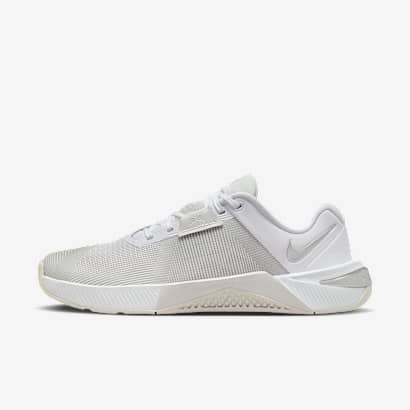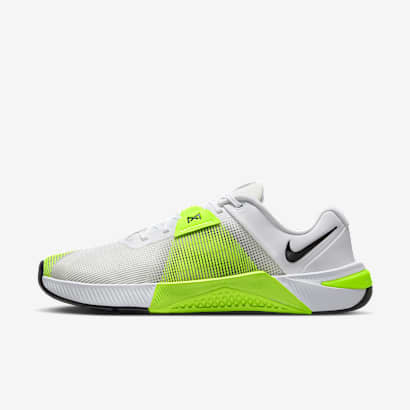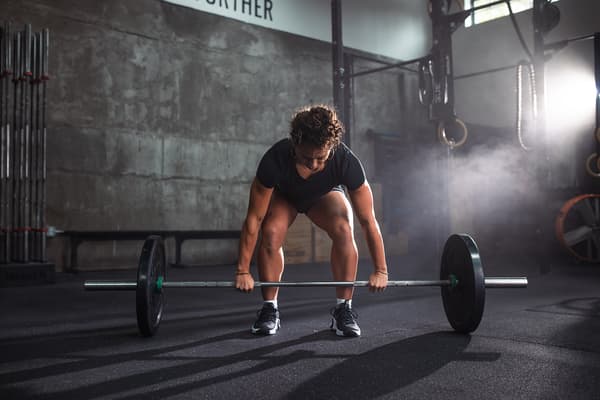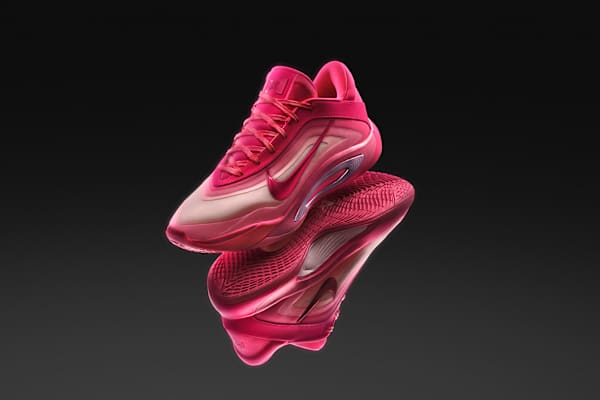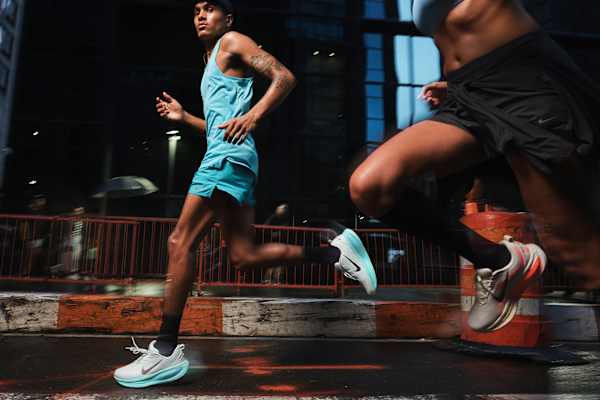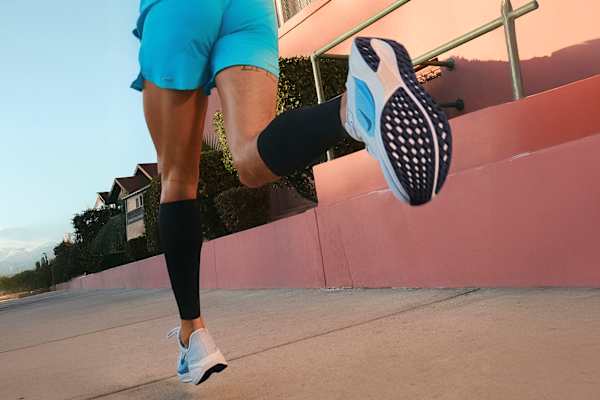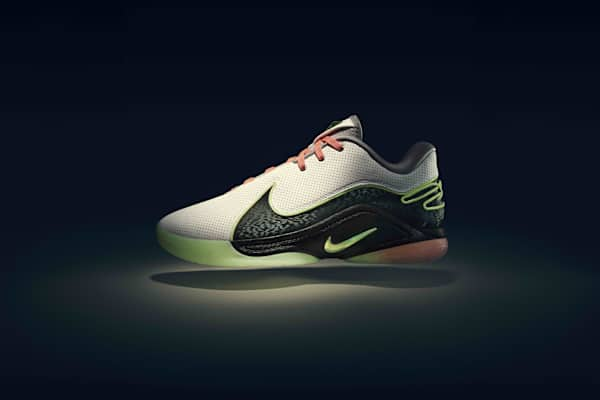The best Nike weightlifting shoes
Buying guide
Look for stability and a flat sole when shopping for shoes that can withstand the load.
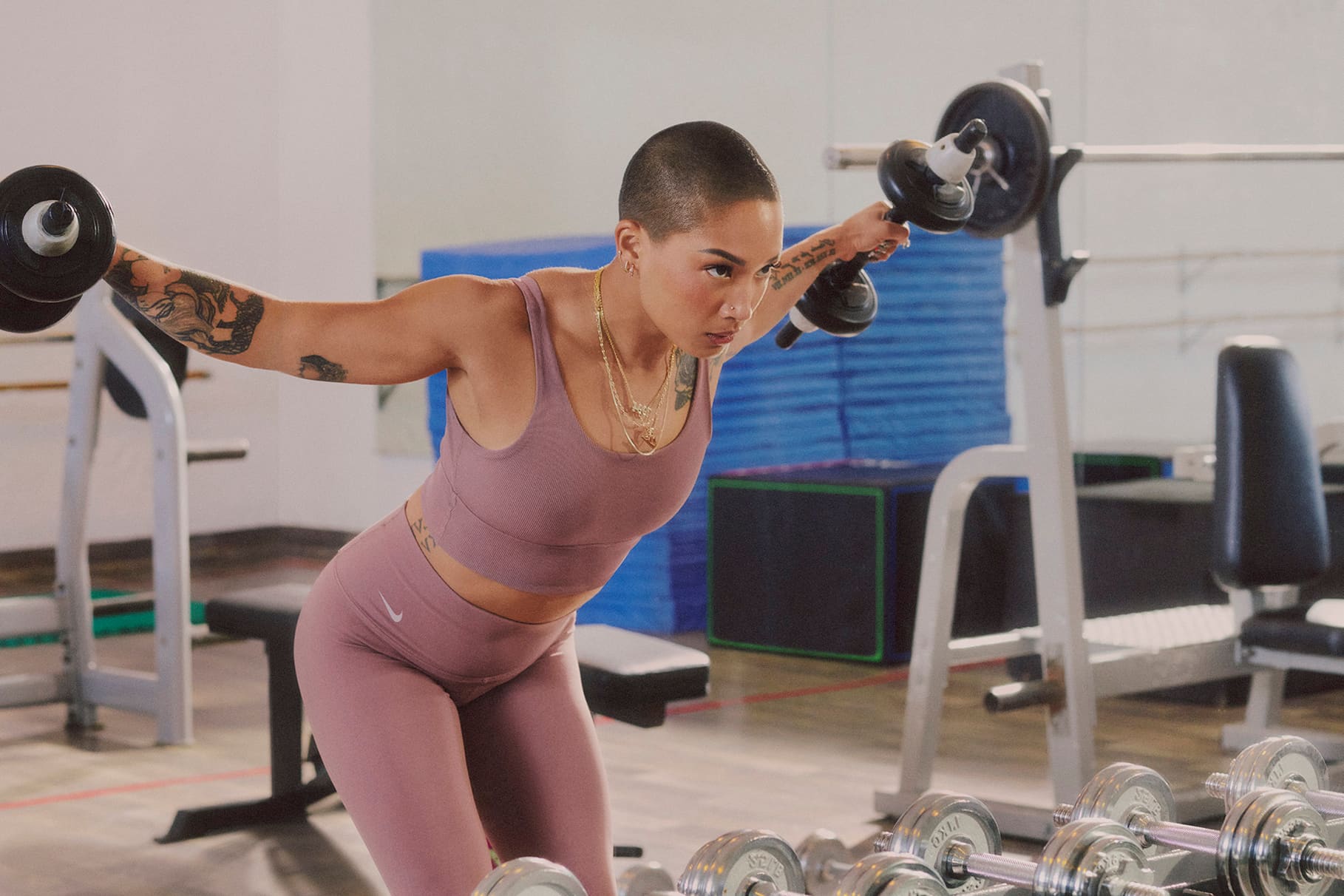
Just as you wouldn't wear jeans to an indoor cycling class, lacing up running shoes to weightlift will not result in optimal performance. Shoes are designed to suit your athletic needs, especially if you are carrying a load.
"Weightlifting shoes provide a stable base of support and allow more efficient force transfer between the ground and the athlete", says Aimee Nicotera, MS, certified personal trainer, fitness instructor and health coach.
Weightlifting movements, such as the back squat and deadlift, are top exercises for strengthening the body. The proper footwear can assist in building your exercise potential and guide movement to help prevent injury and help with rehabilitation.
"Flat-soled shoes tend to be better for weightlifting since they help prevent pelvic tilt, which could be detrimental to the lower back", says Chanel Perkins, DPM, assistant professor of podiatry at the University of Texas Medical Branch at Galveston. "On the contrary, some weightlifting shoes actually have slightly raised heels that tend to be better for squats or Olympic-style lifting".
Research in the Journal of Biomechanical Engineering shows that when compared with running shoes and barefoot lifting, weightlifting shoes can minimise trunk lean and create more stability.
Whether you're a novice weightlifter or a seasoned pro, these are the best weightlifting shoes for your next workout.
The best shoe for weightlifting
Our experts reiterate that the best shoes for weightlifting are the ones that fit well. When trying on shoes, keep the Goldilocks method in mind—weightlifting shoes should fit just right: not too big or too small.
"The shoes must keep your foot stable and supported while lifting, so a proper fit is crucial", Perkins says. "Ironically, they should not feel too comfy for walking around and should, therefore, not have a lot of cushion, as their main function is to offer support as you power through the feet, producing force for your lift".
Since you're looking for a stable base, especially for those single-leg movements that need balance, find a flat shoe with ample room in the toe box for movement—just not too much because you don't want your foot to slide. "The bottom of the foot should be able to feel the floor", Nicotera says "The flatter shoe, with a minimal sole, tends to allow for sensory receptors on the bottom of the feet to do their job better".
Best weightlifting shoes for beginners: Nike Air Max Alpha Trainer 5
A sturdy foundation is crucial, particularly if you're just starting with weight training. The Air Max Alpha Trainer 5 has a flat, wide sole that keeps your foot firmly on the ground. The flex grooves in the forefoot are designed for lunges, and the foam collar supports your ankle as you transition from one movement to the next. The Air Max Alpha is one of the best weightlifting shoes for men and is available in six colours, from classic black and white to sunny Bronzine.
Best weightlifting shoes for minimalists: Nike Air Max Bella TR 5
"Minimalist shoes are a good option for weightlifting", Perkins says. "They allow less width restriction and almost feel like wearing a sock. They also offer a better connection to the floor and help the feet get a better grip for lifting performance".
The updated design of the Air Max Bella TR 5 may look like a no-frills shoe, but its sleeve-like construction and rubber tread help your foot stay in place during strength workouts, earning it a top spot as the best weightlifting shoe for women. Knowing your foot is contained, you don't have to worry about slipping—think of it as a spotting buddy for your feet.
Best weightlifting shoes for powerlifters: Nike Metcon 9
Athletes have been spotted wearing the Metcon 9. These versatile shoes are geared for weightlifting and cross-training. This style was updated with a larger Hyperlift plate in the heel to anchor you during Split Squats, deadlifts and other lower-body exercises. This firmness underfoot is especially helpful when you're working with heavier loads. It's available in 14 colours; and if those don't suit your style, you can design your own.
Best weightlifting shoes for multitaskers: Nike Savaleos and Nike MC Trainer 2
If you're looking for a gym shoe that can transition from the lifting platform to weight machines, the Savaleos is it. This unisex shoe has a wide base for stability and a rigid midsole with lift at the heel to fuel your sets with power. Thanks to the hook-and-loop strap, your foot will stay secure even during your heaviest sets.
The MC Trainer 2 is your secret weapon for peak performance and conditioning. It's designed with a flat base that's wider and thicker under the heel for lifting stability as you do back squats and a thinner front that still feels comfortable if you switch to speed drills—making the MC Trainer 2 the best women's weightlifting shoe for cardio.
Frequently Asked Questions
Why are flat shoes better for lifting?
The short answer: flat shoes are better for weightlifting because they help with stability.
Novice weightlifters may wear running shoes when weightlifting—in part because that's what they are already wearing to the gym. But while the soft heel and padded sole are beneficial features when your heel strikes the pavement, they are not a friend when you're squatting with a 45.4 kilogramme weight.
The extra padding can make for a less stable support base. Think of it this way: if you wouldn't do squats on a stack of pillows, you wouldn't want to wear your normal running shoes either.
You want to create a setup to allow your feet firm footing to effectively push off the ground without adding wobble. "Flat shoes help the feet reinforce your strength and increase the force transfer through the ground to power your weightlifting", Perkins adds.
Weightlifting shoes, on the other hand, have incompressible flat soles that provide stability and a firm stance.
"A flatter shoe may recruit more posterior chain muscle fibres, which means one may be able to lift heavier", Nicotera continues. "In addition, these muscle groups play a significant role in maintaining posture and form in and out of the weight room. This may allow an athlete to lift more weight or perform additional reps".
Can weightlifting shoes prevent injury?
Wearing weightlifting shoes can be especially beneficial for those who are doing rehabilitation exercises. Weightlifting shoes may help with the proper bending of the knees and heel lift during squatting.
The National Strength and Conditioning Association recommends a near-vertical shank position when weightlifting. The shank, or your shin, shouldn't be angling. Your ankle mobility keeps your squat in good form as you go through the motions.
Without proper ankle support, your foot could rotate outwards and lead to injury, according to a study from the Journal of Biomechanical Engineering. A shoe designed for weightlifting can encourage the ankle to have a higher degree of plantarflexion (downwards movement) as the heels lift.
"A weightlifting shoe with a slightly raised heel may help athletes with limited ankle mobility perform traditional squats more safely and load the glutes more directly", Nicotera says.
On the other hand, when you're weightlifting in running shoes, your ankle is doing the opposite. The cushioned sole provides a less secure base, forcing the toes to point up to maintain stability.
Wearing weightlifting shoes can also help keep back pain in check. "Avoiding stress and strain to the lower back is important when lifting, and flat shoes help with that by preventing pelvic tilt", Perkins says.
Do you need weightlifting shoes?
"Yes, unless you opt to lift barefoot, which is also commonly practised", Perkins says. "Avoid running shoes when lifting. Running shoes offer too much cushion and shock absorption of the forces created when running. When you lift, the goal is to produce force, not absorb it".
Nicotera likes weightlifting shoes because of the stability that they offer, especially during heavy lifting. "Twisting an ankle because of the foot sliding inside the shoe isn't ideal when dealing with just body weight", she says. "Add external load and the added force could cause even more serious damage. Again, it is important to feel the ground beneath you. A strong foundation allows for increased force production".
Words by Yelena Moroz Alpert
